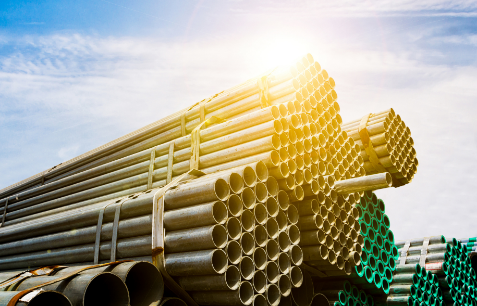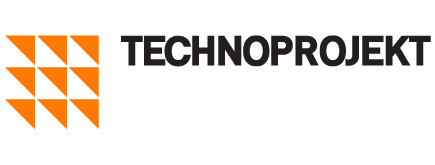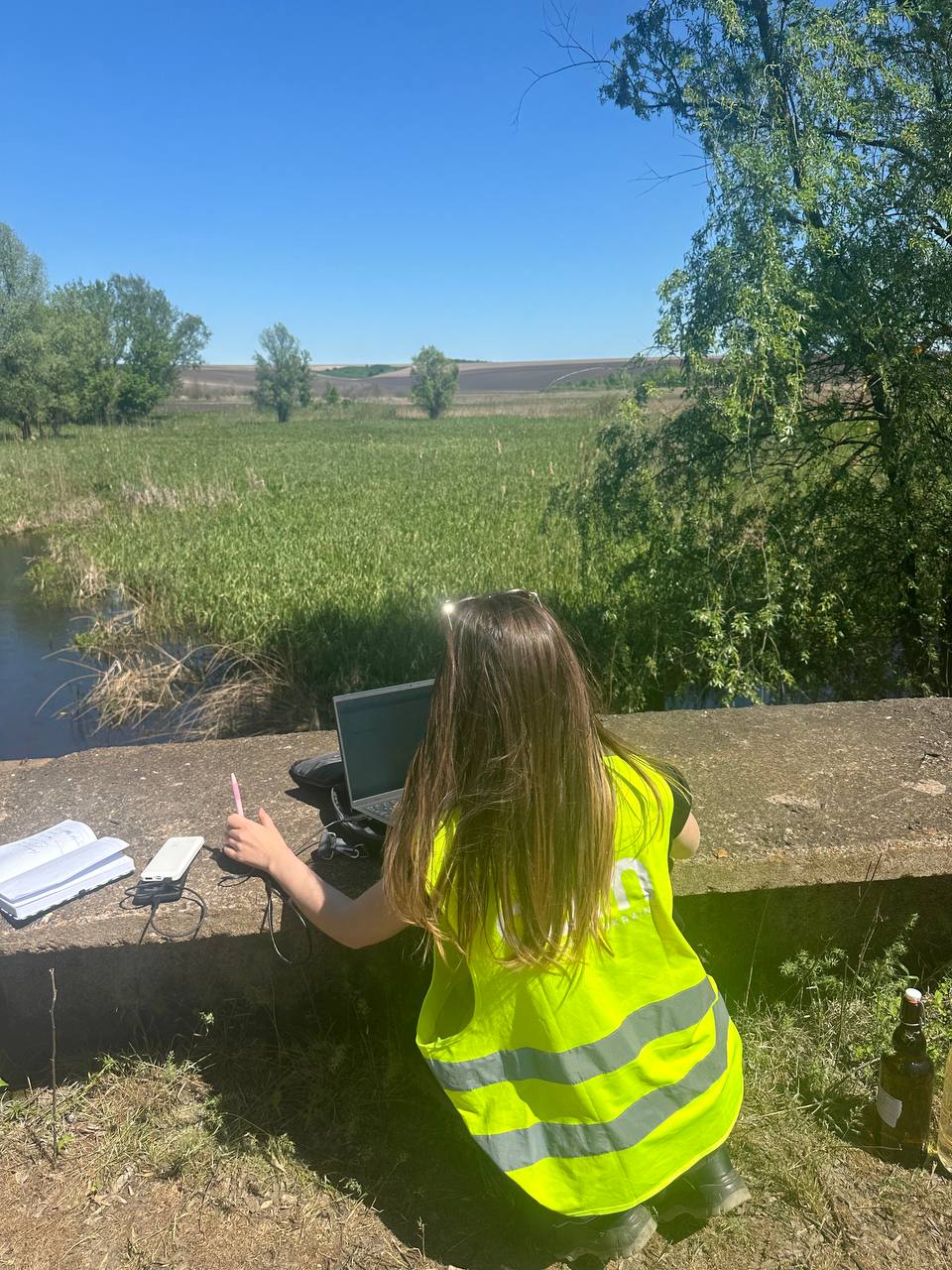- Civil Engineering
Scope
The underground line U5 in Berlin is extended as Berlin is planning to increase the capacity of its public transport system by expanding railbound transport.
Until then the U5 line was in operation between Hönow at the Eastern periphery and is assumed to be prolongated in a western direction until Moabit, thus offering a large connection between the Eastern districts and the inner city. The planning of an East-west underground railway started already in the 1920s with the immersion of “Groß-Berlin”. As a consequence of World War II any extension was interrupted and after the war the formerly centrally located parts of the planned underground railway were shifted to the Eastern part of Berlin. Wit the reunion of the two city parts traffic problems arose again and became even more urgent.
2006 a main-line station was opened which required an adaption of the extension of underground railway planning after an interruption of 70 years. The total length is only 2,2 km but due to its technical complexity is divided in several sections (Bahnhof Berliner Rathaus, Crossover facility, Bahnhof Museumsinsel, Bahnhof Unter den Linden. The total construction costs amount to approximately 275 million € (shell of building). It is expected that 200.000 passengers will use the U5 extension daily.
Approach
BVG Projekt GmbH has commissioned the engineering consortium pg-u5berlin, of SSF Ingenieure GmbH, ISP Ziviltechniker GmbH and Amberg Engineering AG, with the tender and detailed planning.
A key challenge in planning an underground line through inner-city areas is minimising the impact of construction work on residents, the historic/heritage buildings, road traffic and public transport. As part of the tunnels of “Bahnhof Museumsinsel are situated below the Spree river artificial soil freezing had to be chosen as technically suitable solution. The heterogeneously layered subsoil does not allow construction using the classic diaphragm wall and cover construction method in impermeable soil in all areas. Depending on the groundwater levels and the soil conditions, open construction pits with underwater concrete slabs will become necessary at some locations. Anyway, the high groundwater levels require watertight excavations with high tightness requirements to adjacent structures. Settlement compensation measures had to be taken via injections (partly under running operation).


Outcome
The tunnels of the U5 to be designed by the engineering consortium will be mainly constructed by TBM method with tunnel lining segments for two single-track tubes. Most of stations will have central platforms with concourse levels above and will be designed as a cut and cover construction. Bahnhof Museumsinsel will be designed in jetcrete construction method. In addition to the challenges in special foundation engineering and tunnel construction, the U5 project also includes the planning of an auxiliary bride over the Spree channel, a cofferdam in the Spree channel to gain land and a temporary harbour for TBM logistics in the Spree river.












